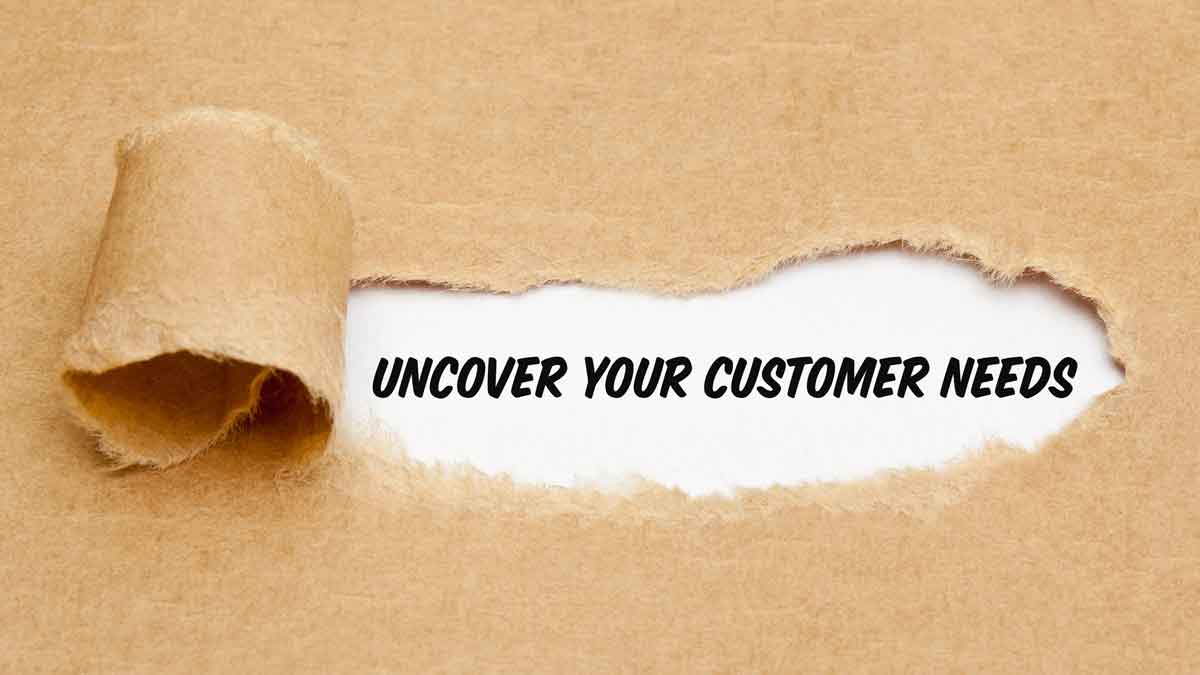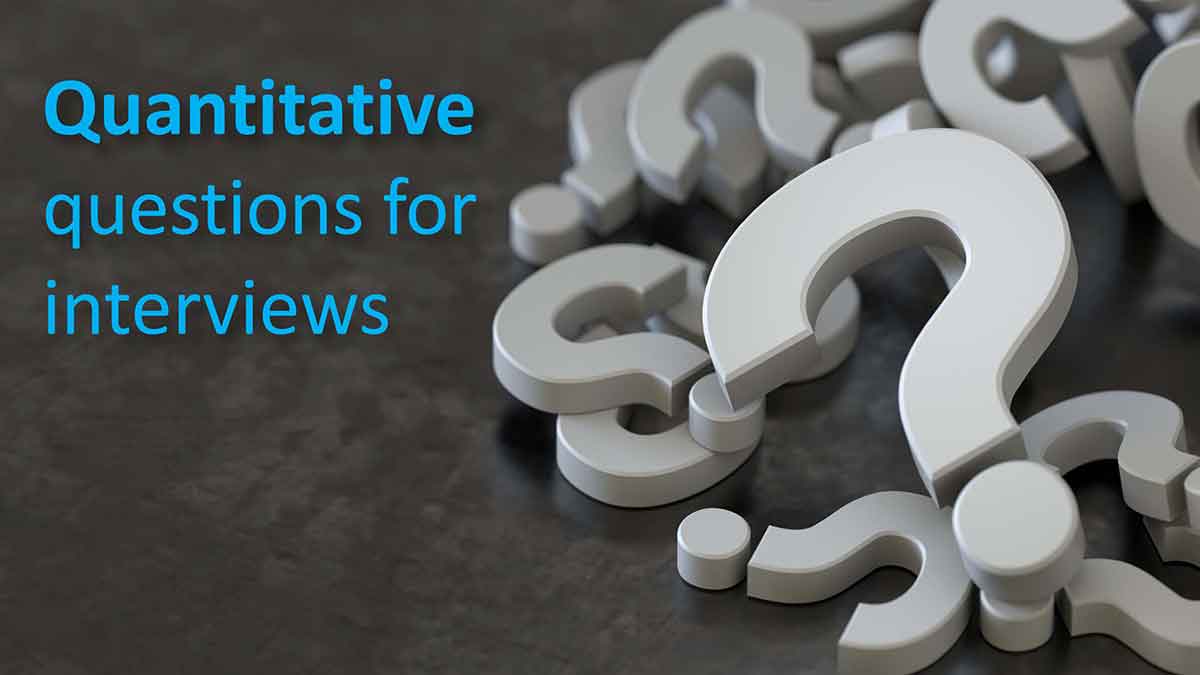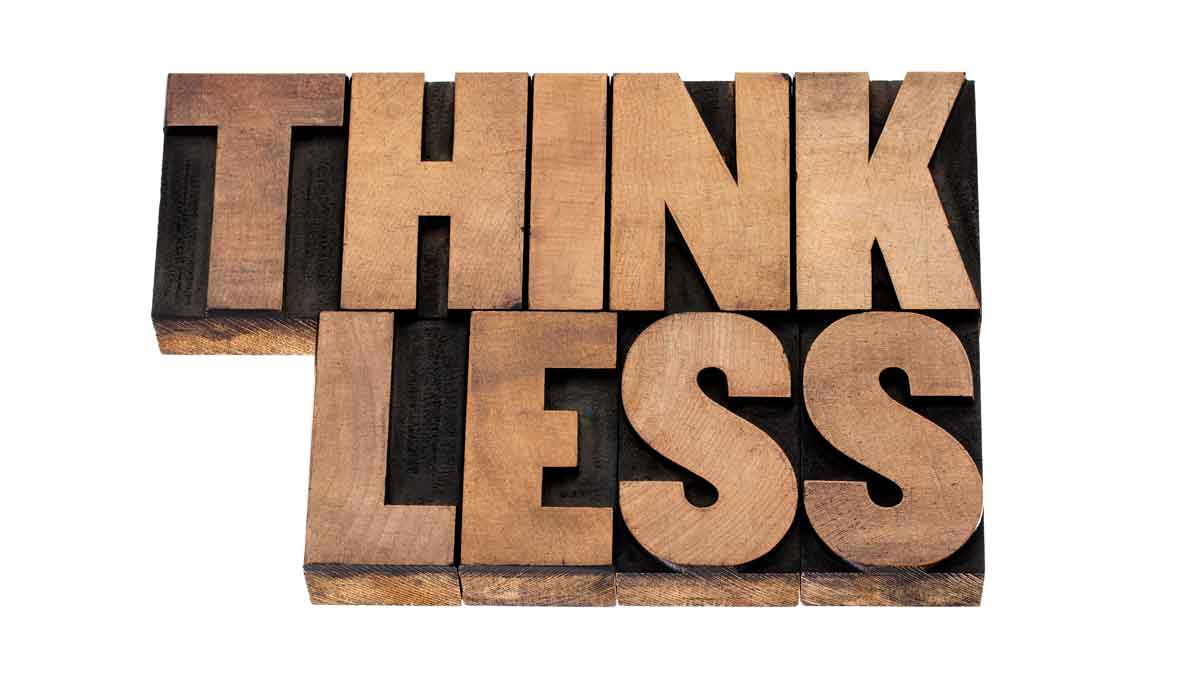Leaders need to balance their pursuit of “results” and “capabilities.” Today, most are way out of balance. They pursue near-term results, and then hit the “reset” button to do it all again next year.
b2bgrowth.video/13 Video length [2:17]
Blog Category: Customer Insights (VOC)
Know what really drives growth
AIM research based on 10,000+ years of experience shows B2B professionals are especially eager to improve their business capabilities to understand customer needs (vs. meet them).
b2bgrowth.video/12 Video length [2:16]
How long have we failed to understand customer needs in new product innovation?
The best research says we’ve struggled for about five decades now. In 1971, the leading cause of new-product failure was “inadequate market analysis” (45%, with the next cause at 29%). In 2019, the leading cause was “No market need” (42%, with the next cause at 29%). After five decades, maybe it’s time to get serious about understanding customer needs before developing new products? Not that we need to rush into this, of course.
More in article, Target Customer Needs and Win
You need better targeting, not a bigger payload.
Would you want a bigger payload or a better targeting system for missiles, cancer treatment or gold mining? A bigger payload would be a larger warhead, radiation dosage, or backhoe shovel. Better targeting would be more precise hits on enemy positions, cancer tumors, or ore deposits. Better targeting reduces waste and collateral damage. Same for your R&D: Precisely target customer needs before stepping into the lab. This avoids waste (squandered R&D) and collateral damage (discouragement and slow growth).
More in article, Target Customer Needs and Win
Quantitative questions for interviews… 8 Steps to prioritize customer needs
Why use quantitative questions for interviews, not just qualitative? Two reasons. First, qualitative interviews give you reams of customer quotes with no good way to prioritize customer needs. Sure, you could count the number of times customers cite a certain need, but frequency of remarks is a poor substitute for customer eagerness to improve. More ... Read More
When developing a new product… think less about it.
Huh? Well, it’s fine to think about your new product, but do so after you first understand your customers’ job-to-be-done. Only after you identify this JTBD can you properly 1) scope your project, 2) identify the right customer interviewees, 3) frame the best outcome statements for quantitative interviews, 4) optimize design & pricing, and 5) promote your product effectively. Bonus: You’ll have a longer time horizon when you focus on the JTBD instead of your new product.
More in article, Jobs-to-Be-Done and New Product Blueprinting
Five Bonus benefits of new-product voice-of-customer interviews.
You conduct front-end-of-innovation customer interviews so you can design a great new product, right? Well yes, but… if you do these well, you’re doing more. You’re also 1) learning the unknown unknowns, 2) unlearning the things you do know that simply aren’t true, 3) aligning your development team for action, 4) making better decisions through improved market intuition, and 5) building stronger relationships for near-term sales opportunities.
For more download e-book, Reinventing VOC for B2B
You decide how much commercial risk to take on
New product innovation is a tough business. You don’t get to decide what customers want, or how fast your market grows, or if the laws of science permit a breakthrough product. But you can decide how much commercial risk you’d like to absorb… if you are a B2B supplier. This isn’t as true for B2C. ... Read More
The incredible power of customer tours.
How valuable are B2B customer tours? In the early 1980s, Eugene Goodson led Johnson Controls’ automotive seating group, when a Japanese competitor requested a plant tour. The Japanese team toured for less than an hour and took no notes. Harmless, right? Years later Goodson was able to read the tour report and was shocked at what the Japanese team had uncovered, including a detailed technology description and a highly accurate cost-of-sales estimate.
More in article, A primary VOC tactic: B2B customer tours
Six levels of customer insight: Which describes your business?
Move your organization up through these levels: 1) Conference-roomers: We meet with ourselves to decide what customers want. 2) Expert-askers: We poll our own sales and tech support personnel. 3) Customer-surveyors: We get customer answers… but only to our questions. 4) Qualitative VOC-ers: Our interviews move us from voice-of-ourselves to voice-of-customer. 5) Quantitative VOC-ers: We get unbiased, unfiltered insights. 6) B2B VOC-ers: Our probing takes advantage of powerful B2B advantages.
More in article, The six levels of B2B customer engagement
Build your interview team’s skill in a stepwise fashion.
Want to build an amazing customer interview team in a stress-free manner? Gradually increase the “stakes” of the interview by starting with easier, safer interviews. You might follow this six-step progression: 1) industry experts you pay to interview, 2) sales colleagues, 3) other departments/experts in your company, 4) your distributors, 5) smaller, safer customers, and finally, 6) larger, high-stakes customers. By the time you reach the later group, you’ll have one highly-polished and confident interview team.
More in article, Virtual VOC: 10 Advantages and 7 tips
You won’t aspire to be a “fast follower” if you understand this.
Why would a company ever want to be a fast follower? I can only think of one reason: They want to reduce commercial risk, by coat-tailing a competitor’s market success. After all, fast-followers don’t reduce technical risk. This only increases, given the need to work around competitive patents. With B2B markets, you can eliminate most commercial risk through B2B-optimized voice-of-customer interviews. (See e-book, Reinventing VOC for B2B.) Turns out the fast-follower strategy is a misguided strategy for B2B.
More in article, Chasing the Fast Follower Myth
Are there advantages to virtual customer interviews over in-person?
While in-person interviews remain the “gold standard,” we’ve found 10 advantages to virtual voice-of-customer. These include 1) lower cost, 2) reaching dispersed customers, 3) viewable probing tips, 4) colleague training, 5) probing suggestions, 6) note-taker assistance, 7) rapid debriefing, 8) easier scheduling, 9) low-impact cancellations, and 10) greater project speed. If you’re not taking advantage of these advantages, you’re forfeiting effectiveness and efficiency in your customer insight efforts.
Download our white paper at www.virtualvoc.com
To make something perfect, you must remove everything that makes it imperfect.
This is one of the 48—count ‘em—48 laws of Jobs-to-be-done philosophy in Scott Burleson’s book, The Statue in the Stone. Just as Michelangelo “removed everything that wasn’t David,” so successful new-product innovators seek to remove whatever is preventing perfection in the job that customers “hire” their product to improve. Good news for B2B innovators: Customers can tell you exactly what to remove in astonishing detail… where to chisel, where to sand, where to polish… but only if you know how to ask.
More at Dan Adams interviews Scott Burleson about his new book, The Statue in the Stone











